move us around! refresh for new colours :)
TikTok's Misinformation Problem 🤳
🤳
TikTok's Misinformation Problem
UX CASE STUDY / RESEARCH & DESIGN
To combat rampant misinformation on the world's biggest social media platform right now, I took inspiration from other websites and added new features to give power back to credible profiles and viewers. With TikTok also being an enormous influence on gen-z, misinformation on topics like mental health and dieting can do serious harm if left unchecked.
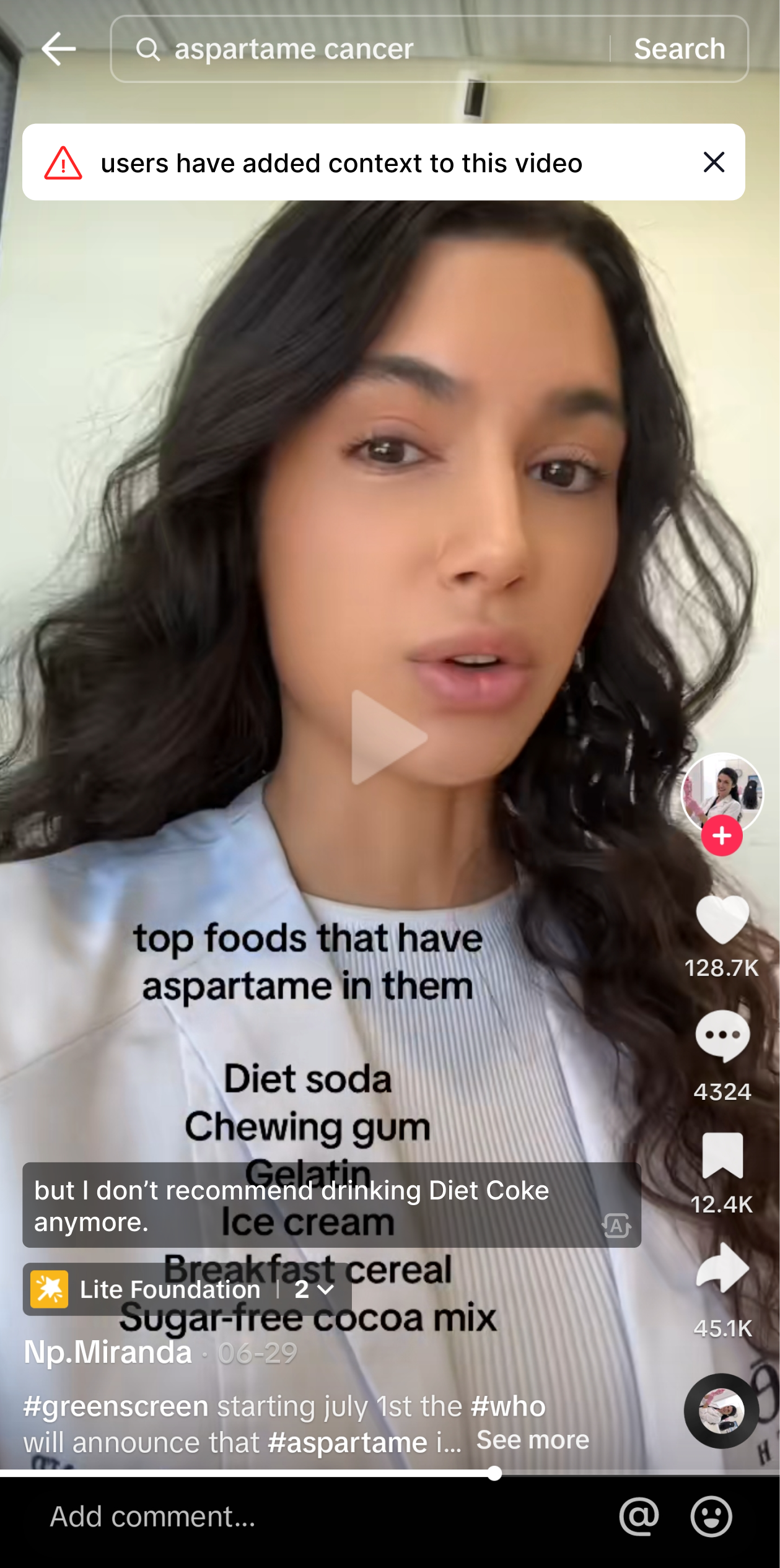
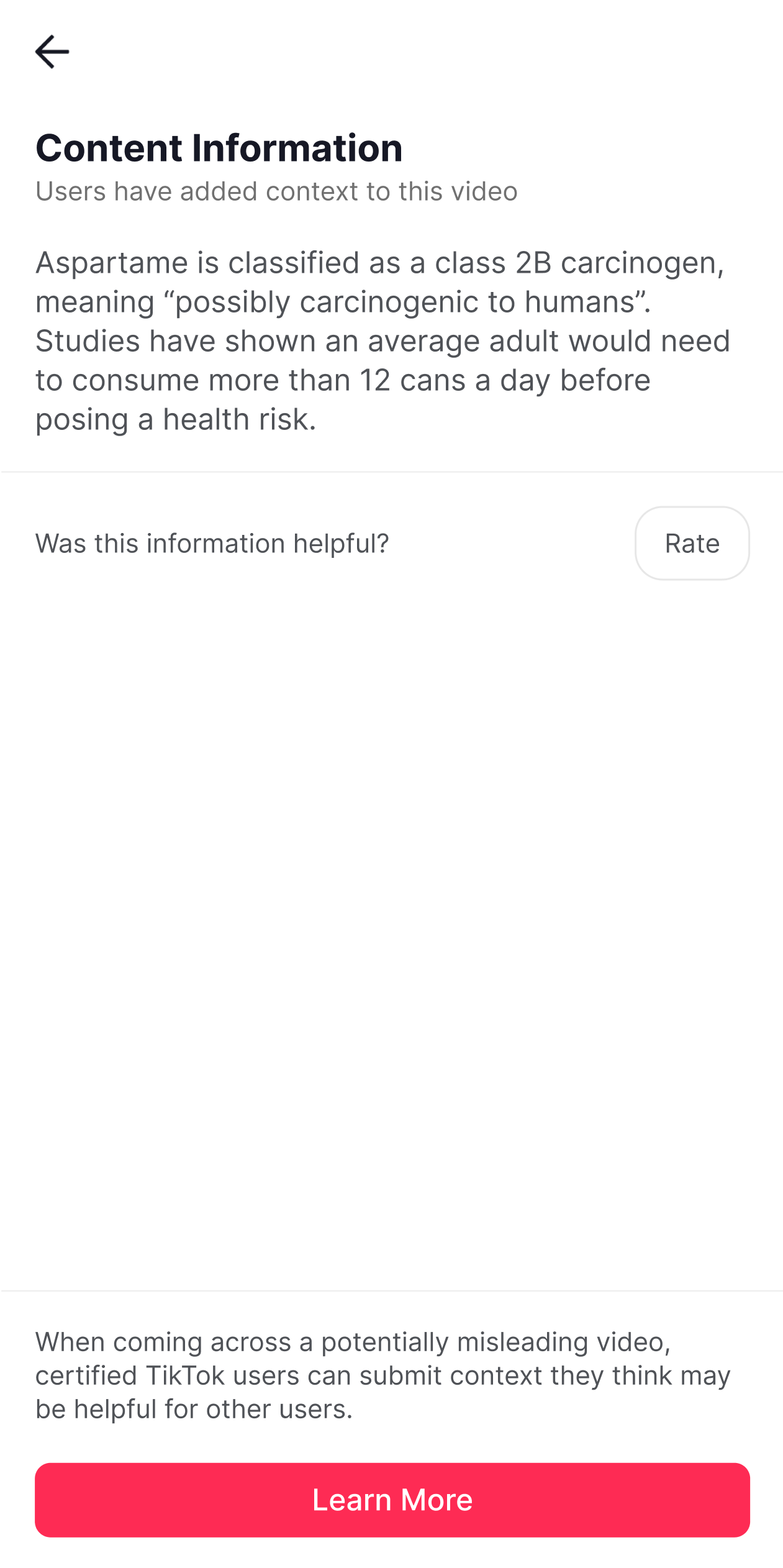
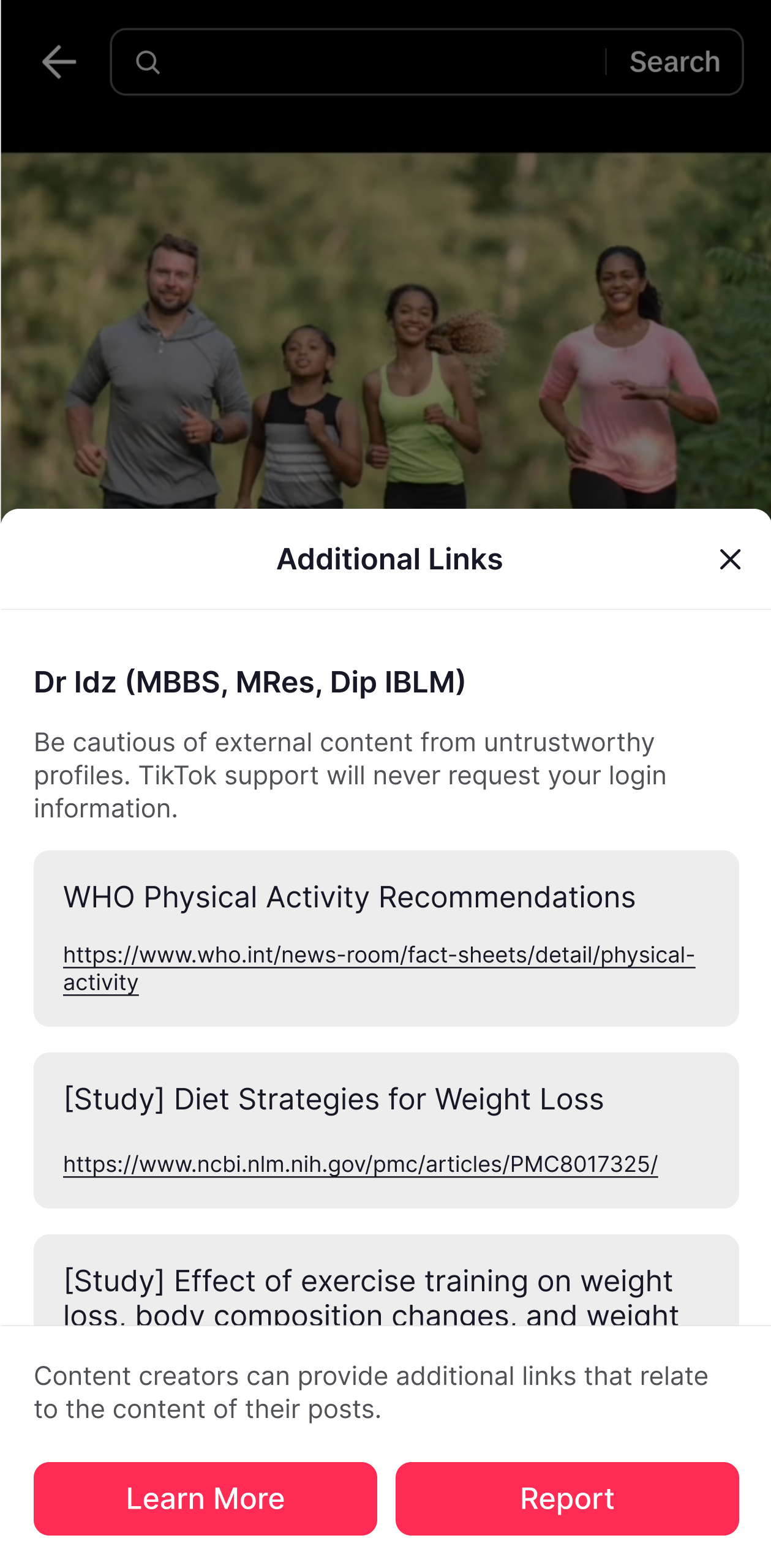
proposed misinformation warning labels and dedicated link page
TL;DR - I looked into what professionals have to say about misinformation on TikTok and designed new features to give more control to those who actually know what they're talking about.
Context
Content has the potential to go viral in days or even hours. Especially throughout the COVID-19
pandemic, we've all seen our fair share of less-than-true health tips shared over and
over again.
So many videos are sensationalized to attract views and shares,
but it's not worth the effort for the average user to fact check every time they come across
these videos; a more intuitive and seamless approach is needed.
OK, but how big is this problem anyways?
HINT - IT'S PRETTY DAMN BIG
Mental Health and Self-Diagnosis
One of the most talked about topics on TikTok is mental health. People will spew claims of how certain behaviours are linked to various disorders without providing any real evidence. This Reddit comment puts it pretty plainly:
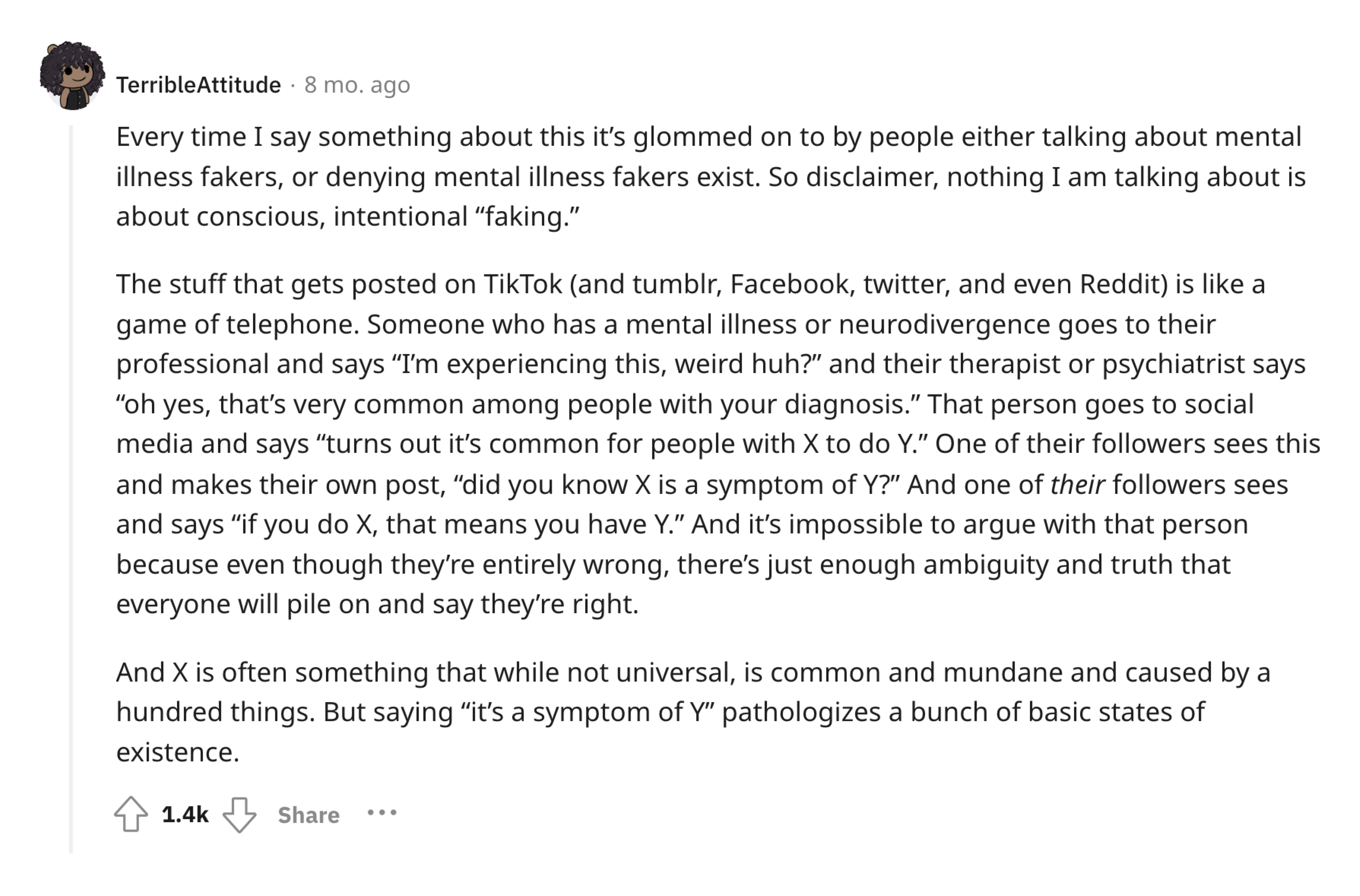
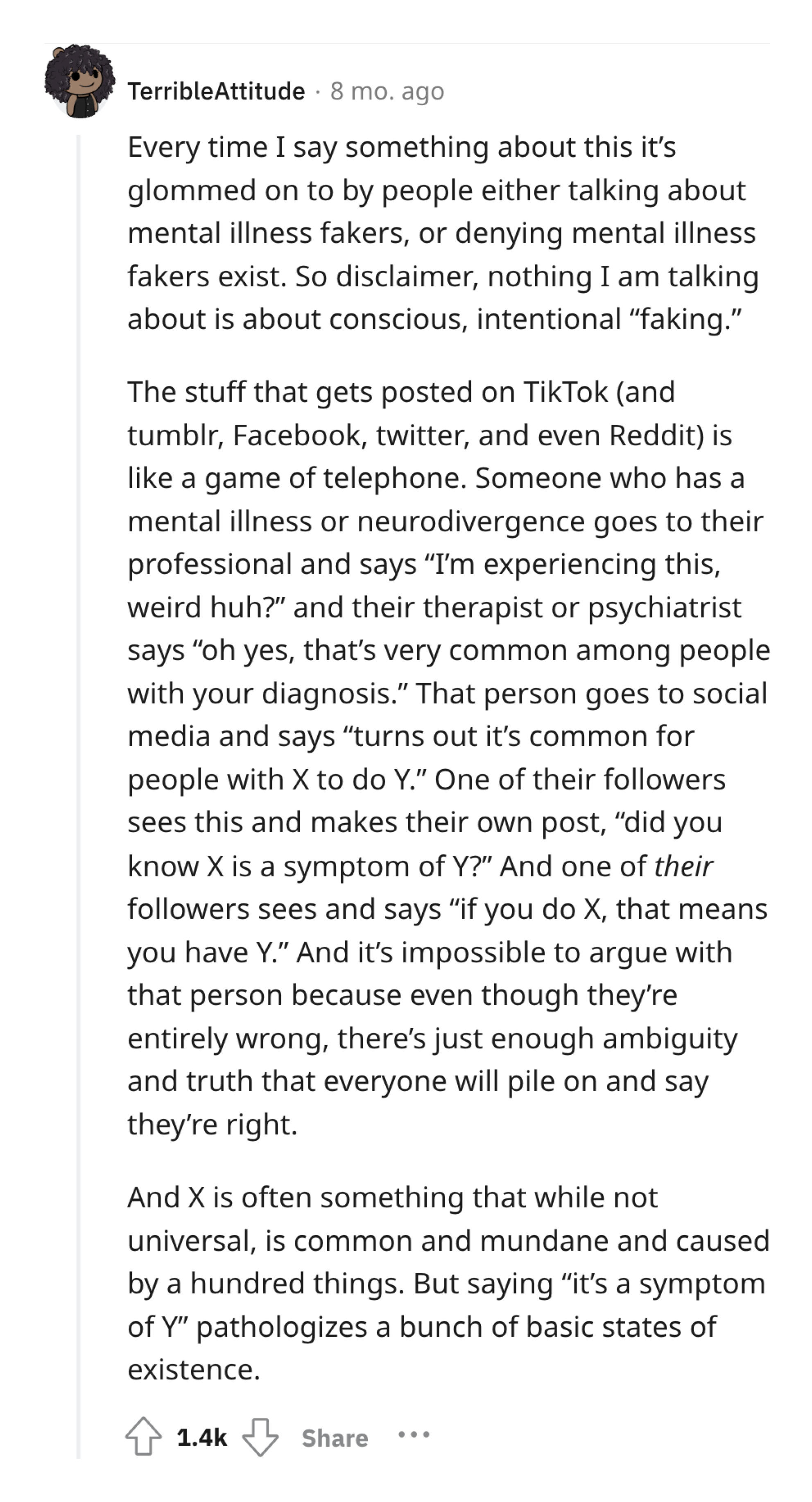
a Reddit comment explaining the potential for misdiagnosis
I wanted to see if anyone had actual numbers to show. I came across an analysis that had medically-trained professionals go through 500 mental health TikTok videos and see how accurate they were, and well, the numbers speak for themselves.
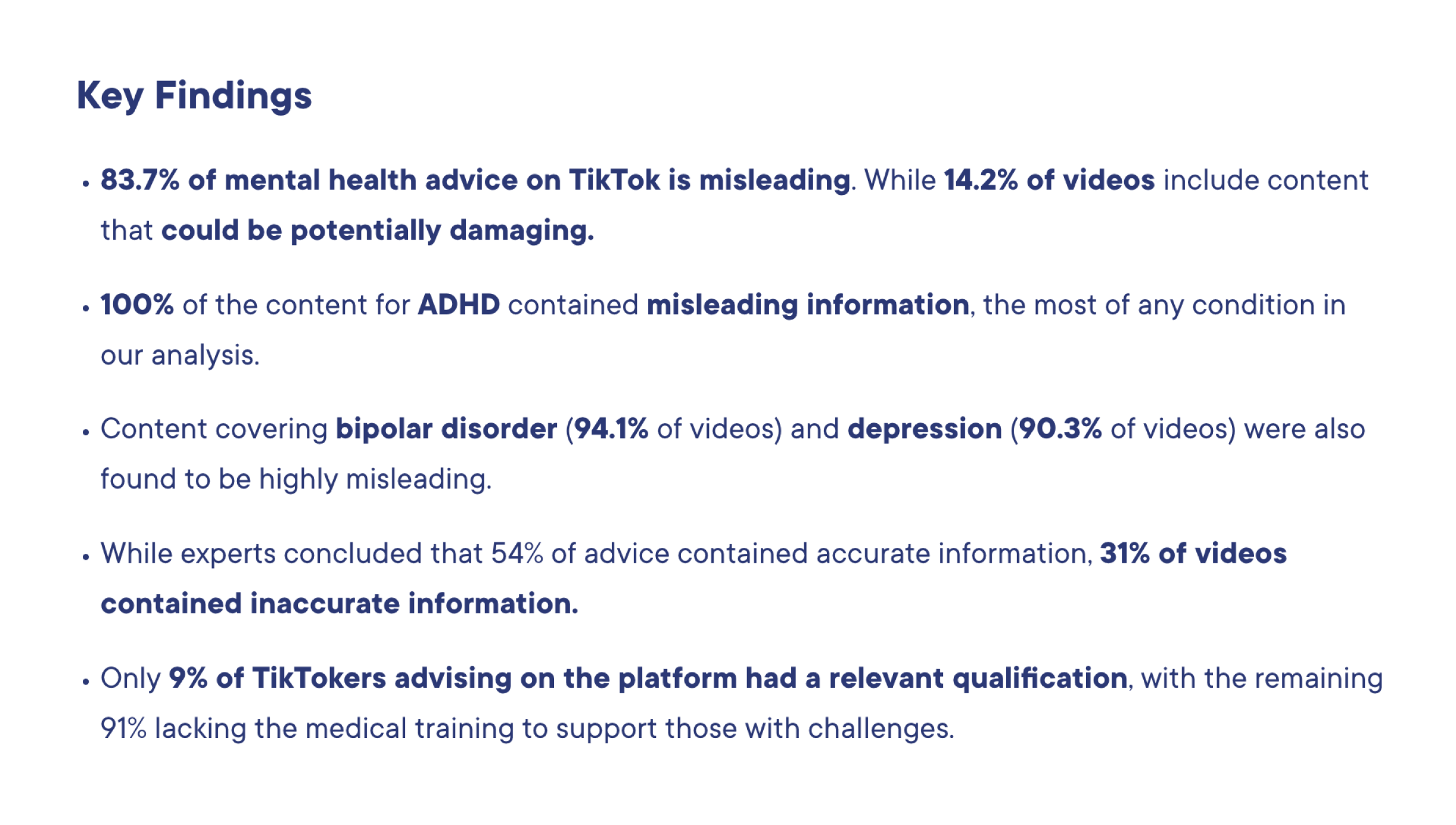
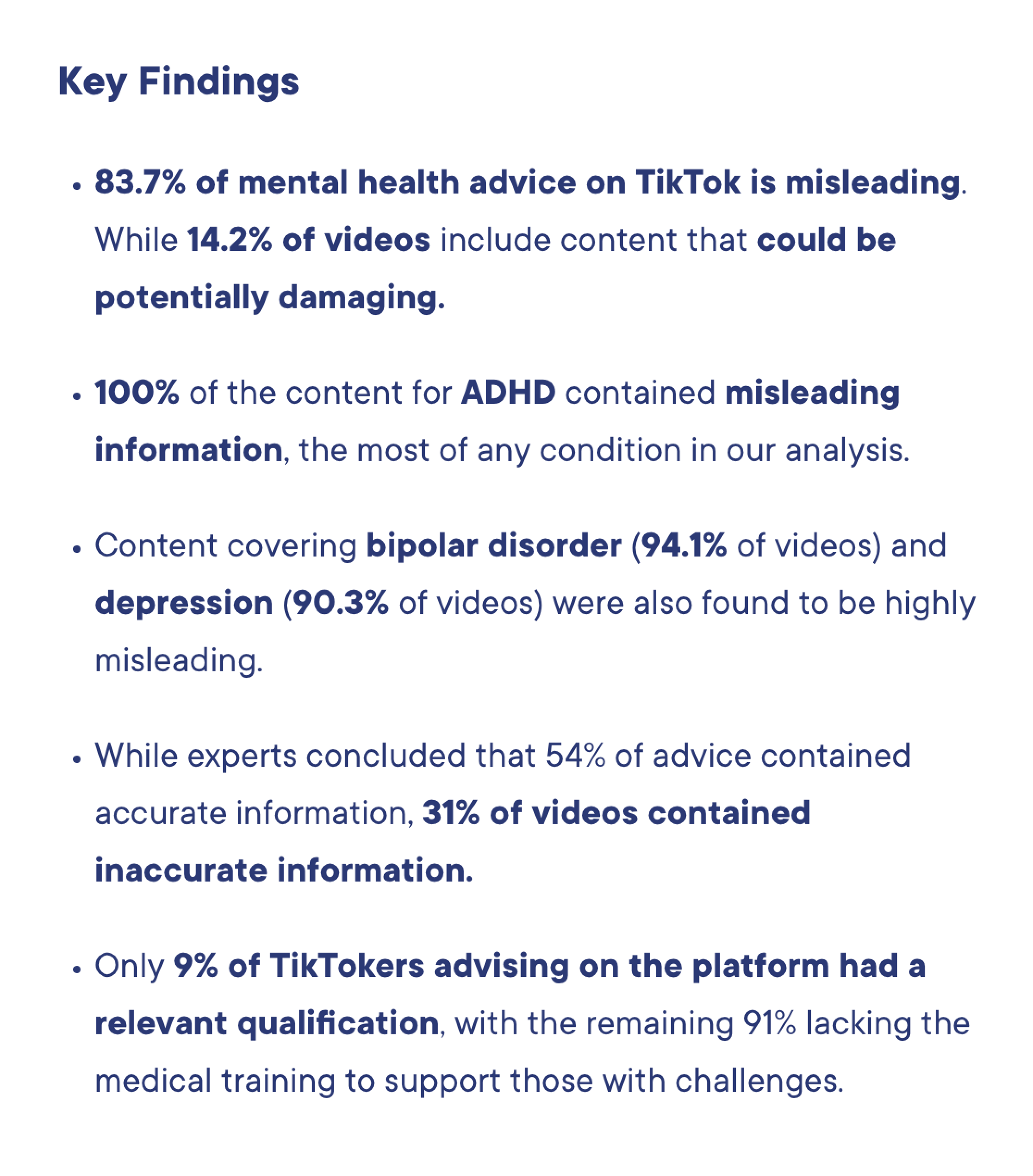
a huge percentage of analyzed mental health videos were deemed misleading or even potentially damaging
Content Virality
In 2021, NYU School of Global Public Health spoke with a small group of doctors and professors who experienced this firsthand.
“That's why in a situation and environment like that, misinformation tends to go super, super viral because it gets shared a lot, it gets watched a lot. That's gonna go crazy viral over me reading a scientific paper, right?”
- Dr. Katrine Wallace, epidemiologist and assistant professor
“The studies that go into these videos are trash. They're poorly designed, full of bias, retrospective, small sample sizes. Some of them are just flat-out fraudulent.”
- Dr. Eric Burnett, hospitalist and assistant professor in clinical medicine
A recent controversy revolved around the artificial sweetener aspartame. The World Health Organization had just classified it as a class 2B carcinogen, which may sound alarming knowing that a carcinogen is any known substance that causes cancer.
A quick Google search however would let you know that class 2B carcinogens are labelled as 'possibly carcinogenic to humans', with 'little to no evidence' of it having an effect on us. Some other everyday products in this category include aloe vera extract and pickled vegetables, as well as the radio waves our phones use.
This also resulted in a handful of users pulling up studies claiming aspartame leads to additional health issues, but others were also quick to call out the flaws in their analyses.
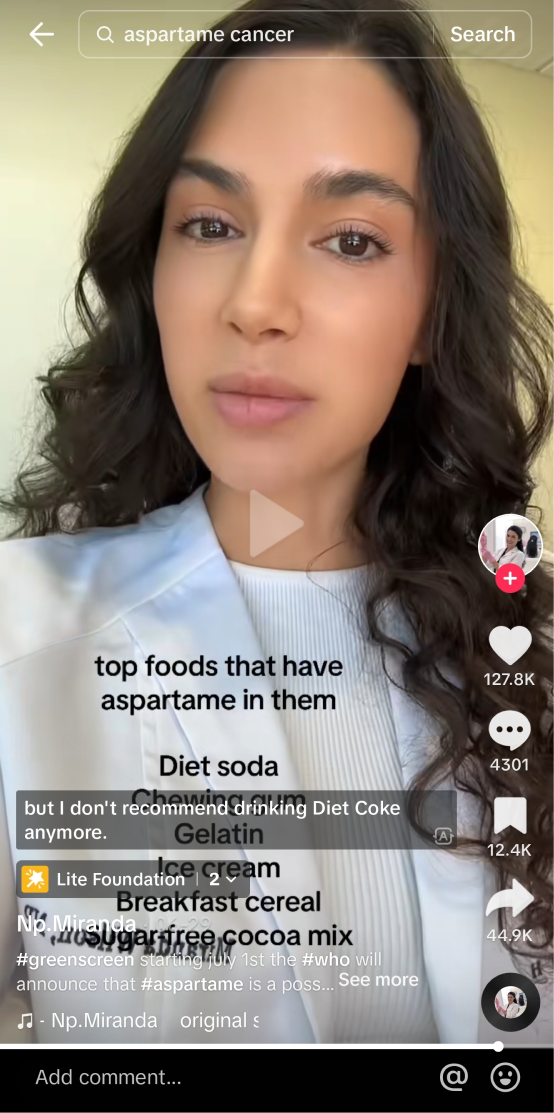
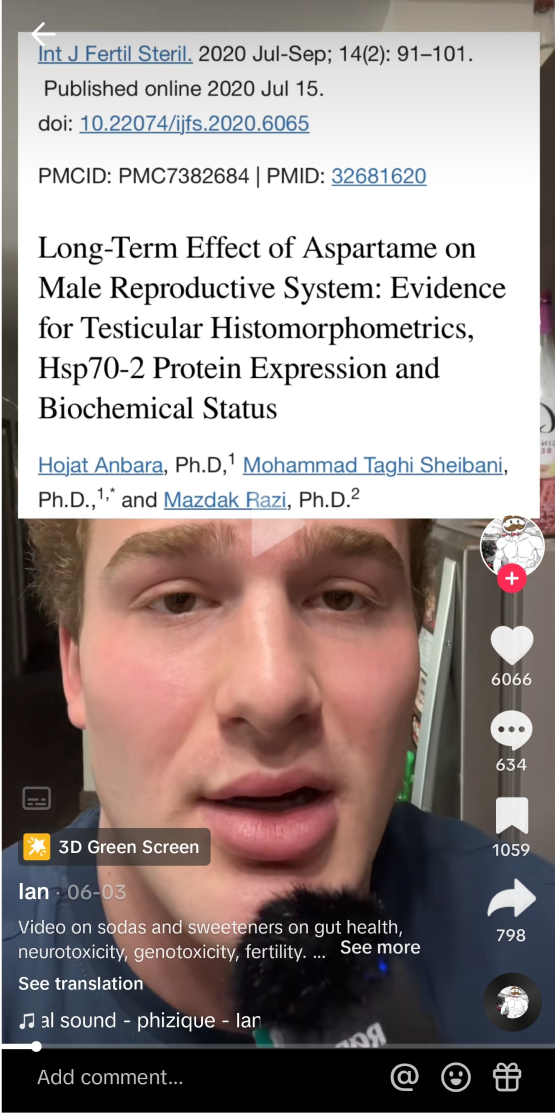
content creators claiming aspartame poses serious health risks
The second video above goes over some pretty wild claims, but another user responded pointing out how he simply misunderstood or misread the study he was talking about.
Debunking Culture
With misinformation running rampant, many professionals have taken it upon themselves to make videos in response to viral content.
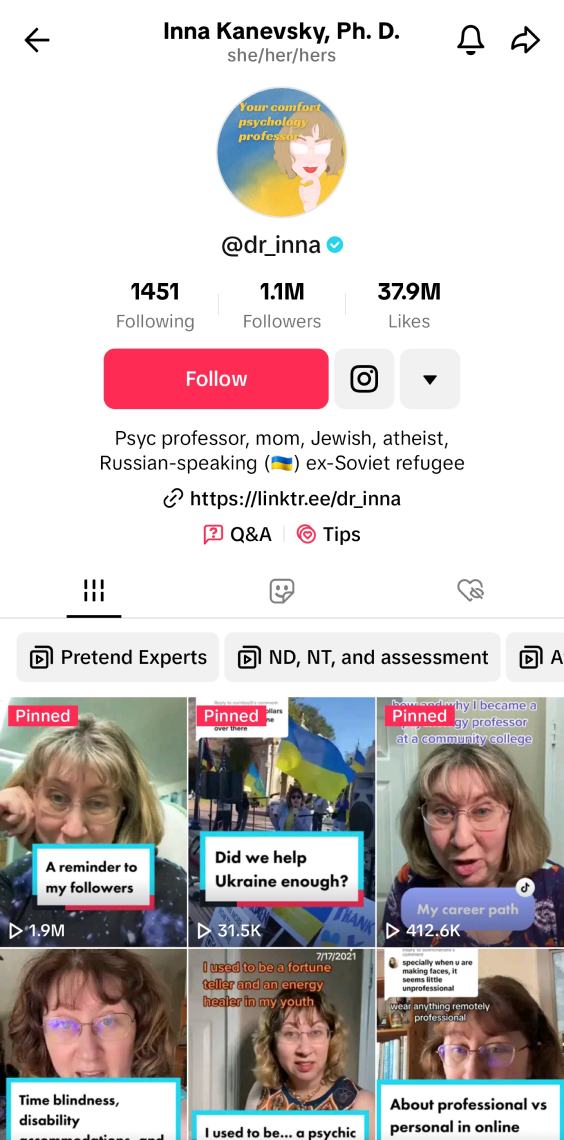
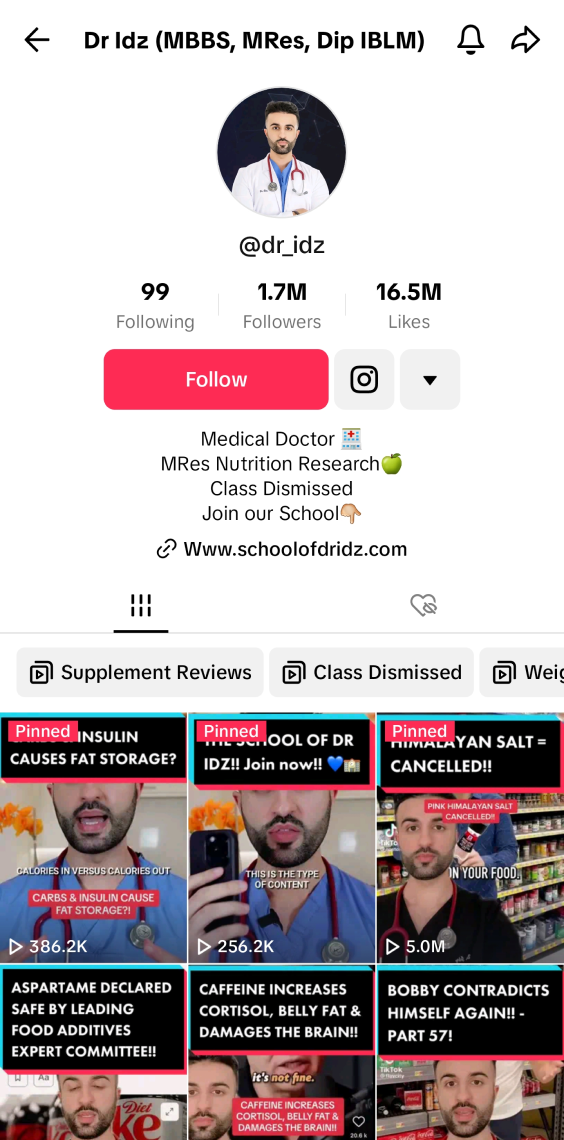
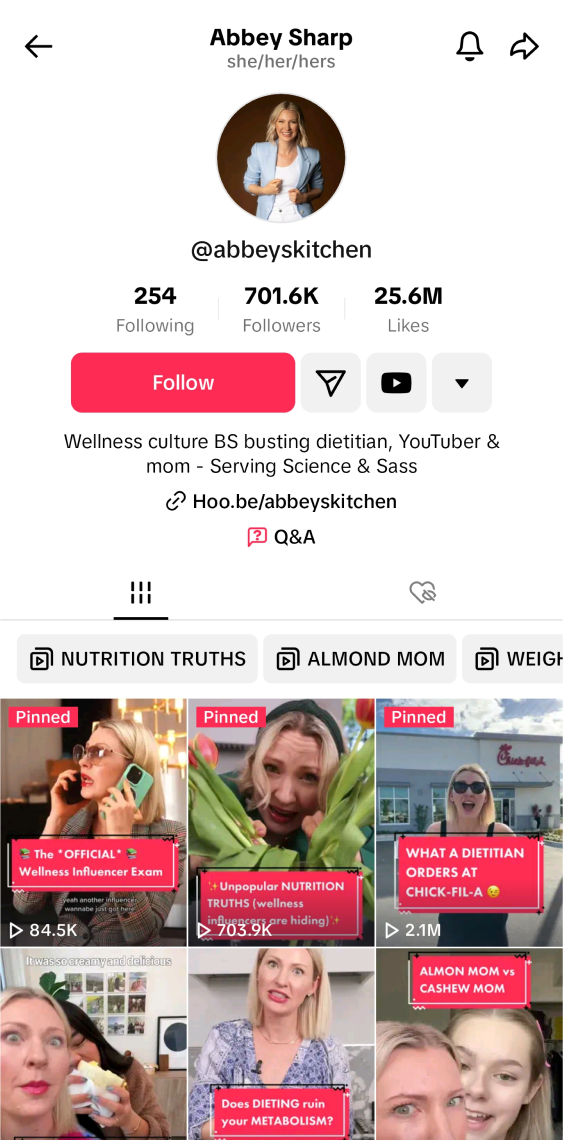
Inna Kanevsky, Dr. Idz, and Abbey Sharp are three well-known content debunkers
However, since TikTok has a heavily curated feed, those invested in the type of content that goes viral may not come across these videos. Some users take it a step further and block these pages from showing up on their feeds at all.
A (Broken) Solution
TIKTOK'S APPROACH
TikTok claims they'll add labels to reported videos, but I have yet to see any of these in action, even when purposely looking for videos with misinformation.
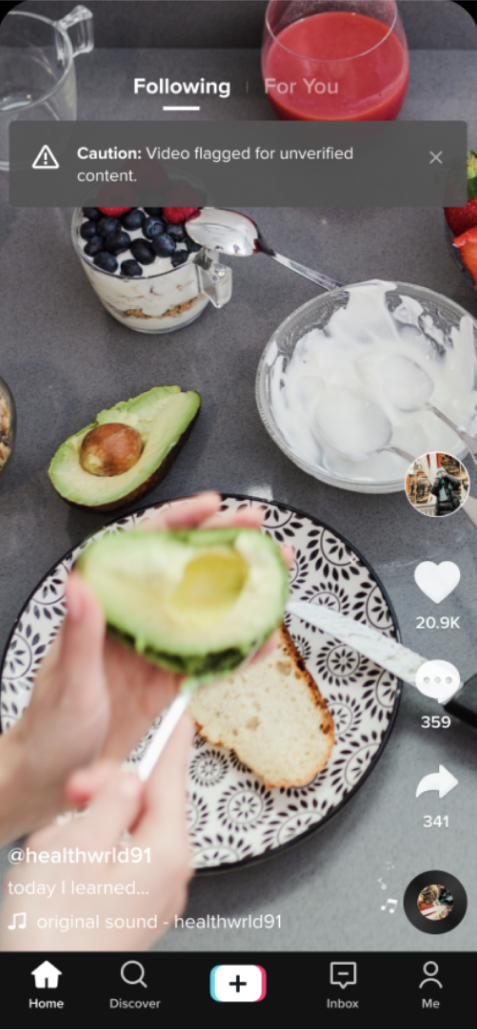
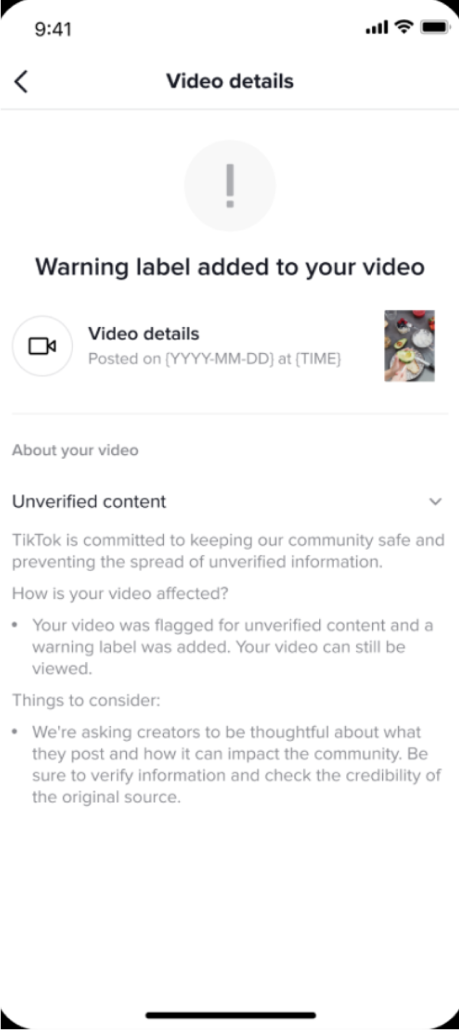
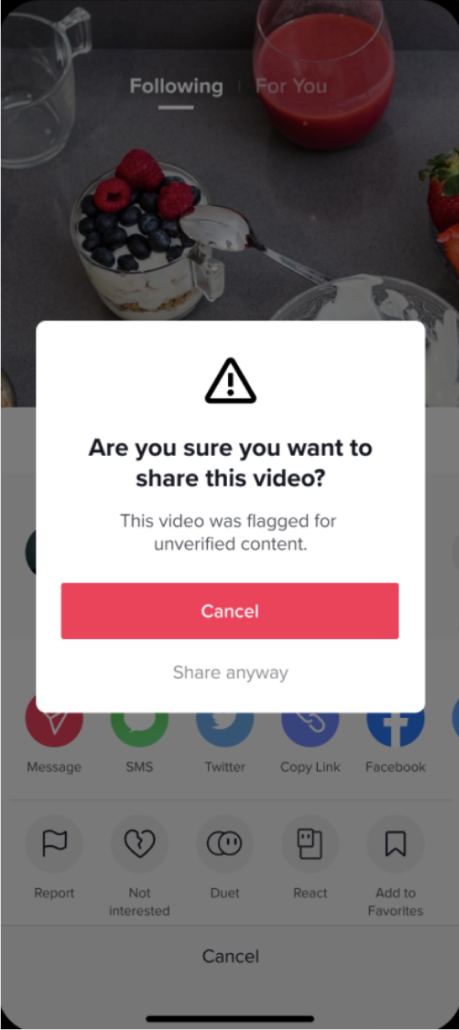
TikTok's content warning approach
Users Don't Trust TikTok
In 2020, TikTok posted a video outlining how users can report false information. From the comments though, users weren't exactly thrilled about it, or they completely missed any mention of it when it was posted.
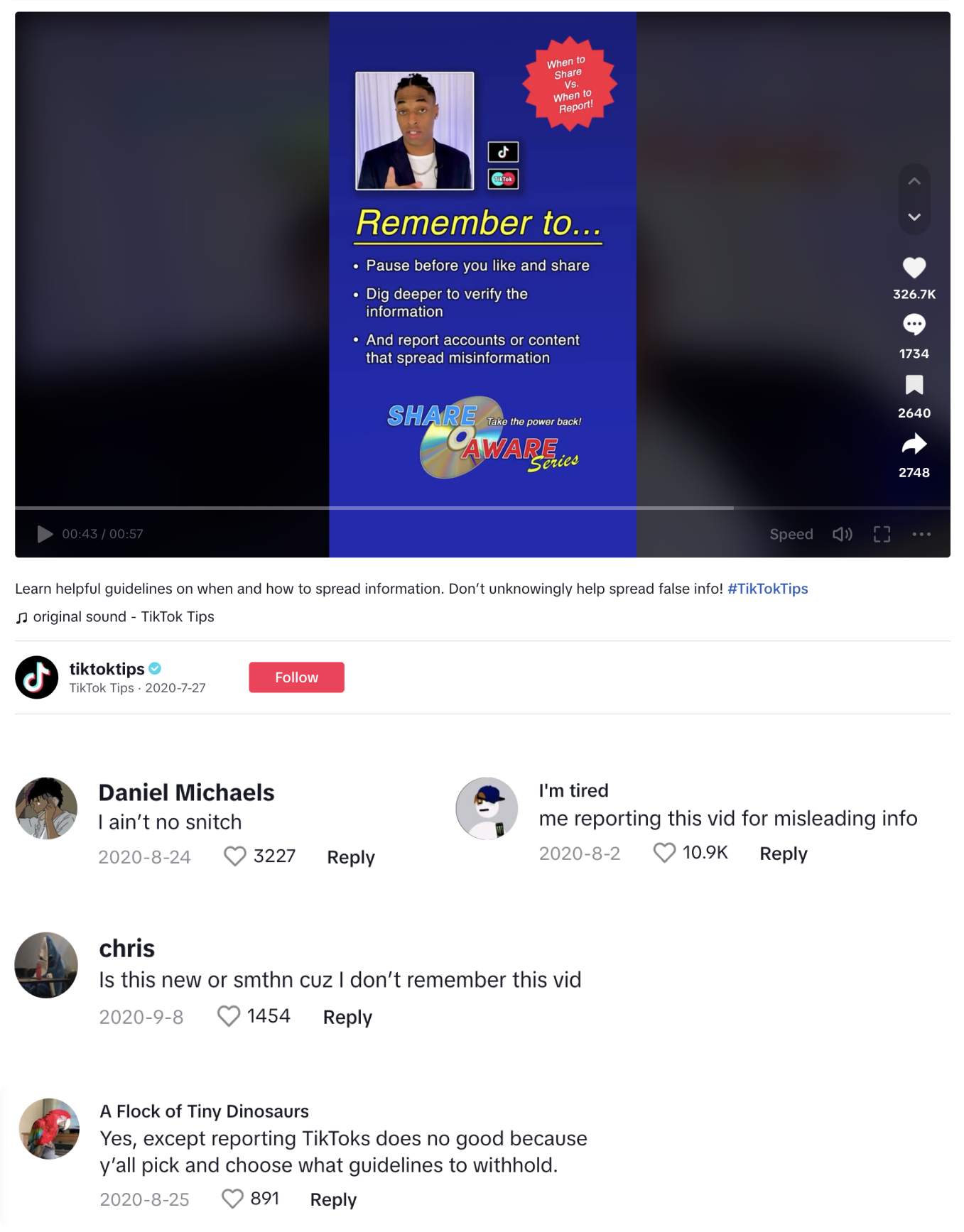
TikTok's own video outlining how to be wary of misinformation
Using What Works
USER-GENERATED CONTEXT
Twitter's Take
Also in 2020, Twitter introduced user-generated context labels that could help dispel any confusion resulting from misleading posts.
These labels address a wide range of issues ranging from political misinformation to everyday interactions.


Twitter's user-generated context labels
Twitter has a page dedicated to these labels here if you want to check out some recent ones (link is a bit wonky on mobile, might need to go back and tap it again or manually open in a new tab).
Perhaps the same approach could work on TikTok. If the previously mentioned labels actually showed up on reported videos, it could lead to a similar popup window with context. This label would appear at the top of comments as well.
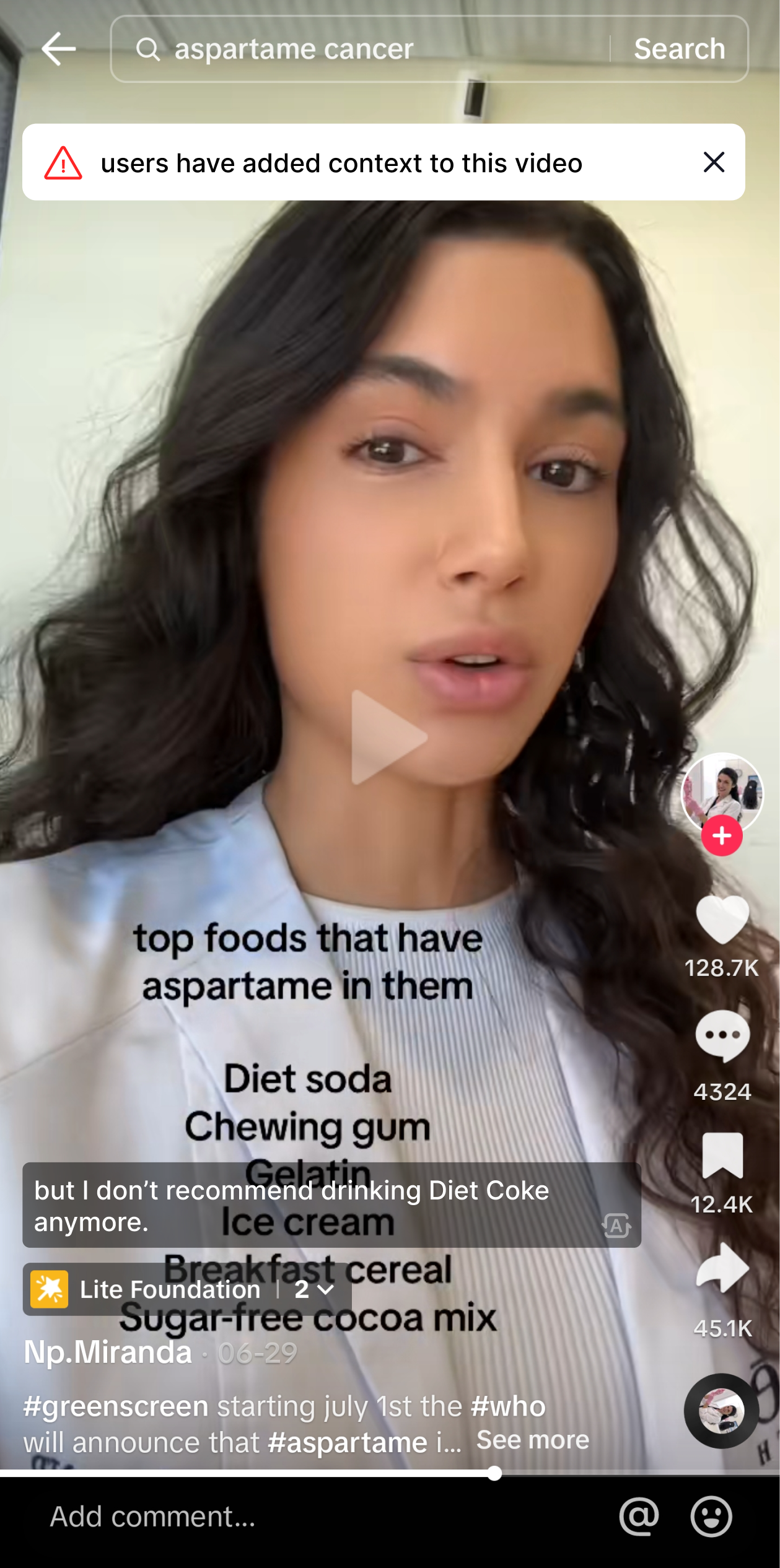
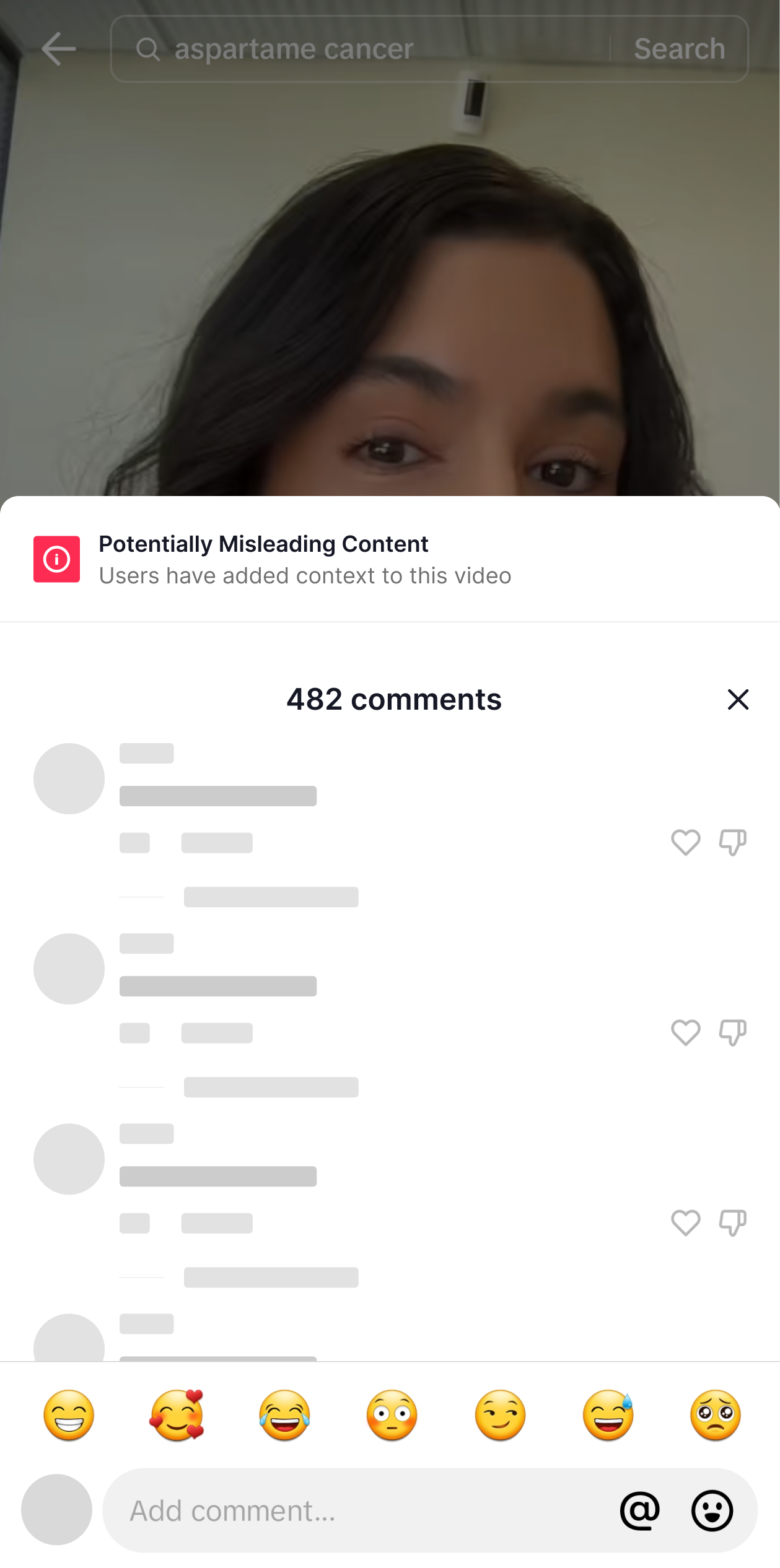
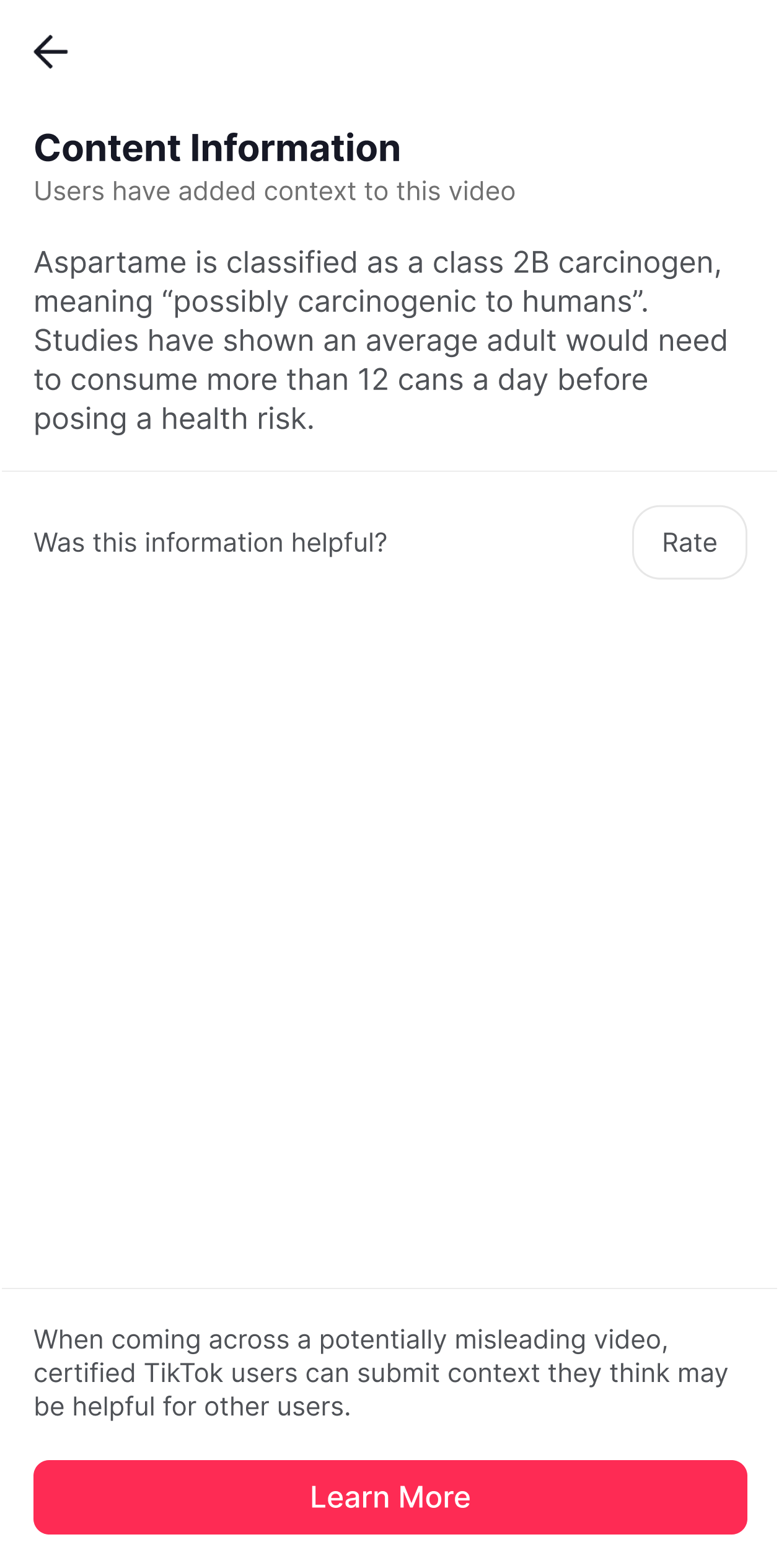
new misinformation labels
Creator Control
LINK IN BIO...SORT OF
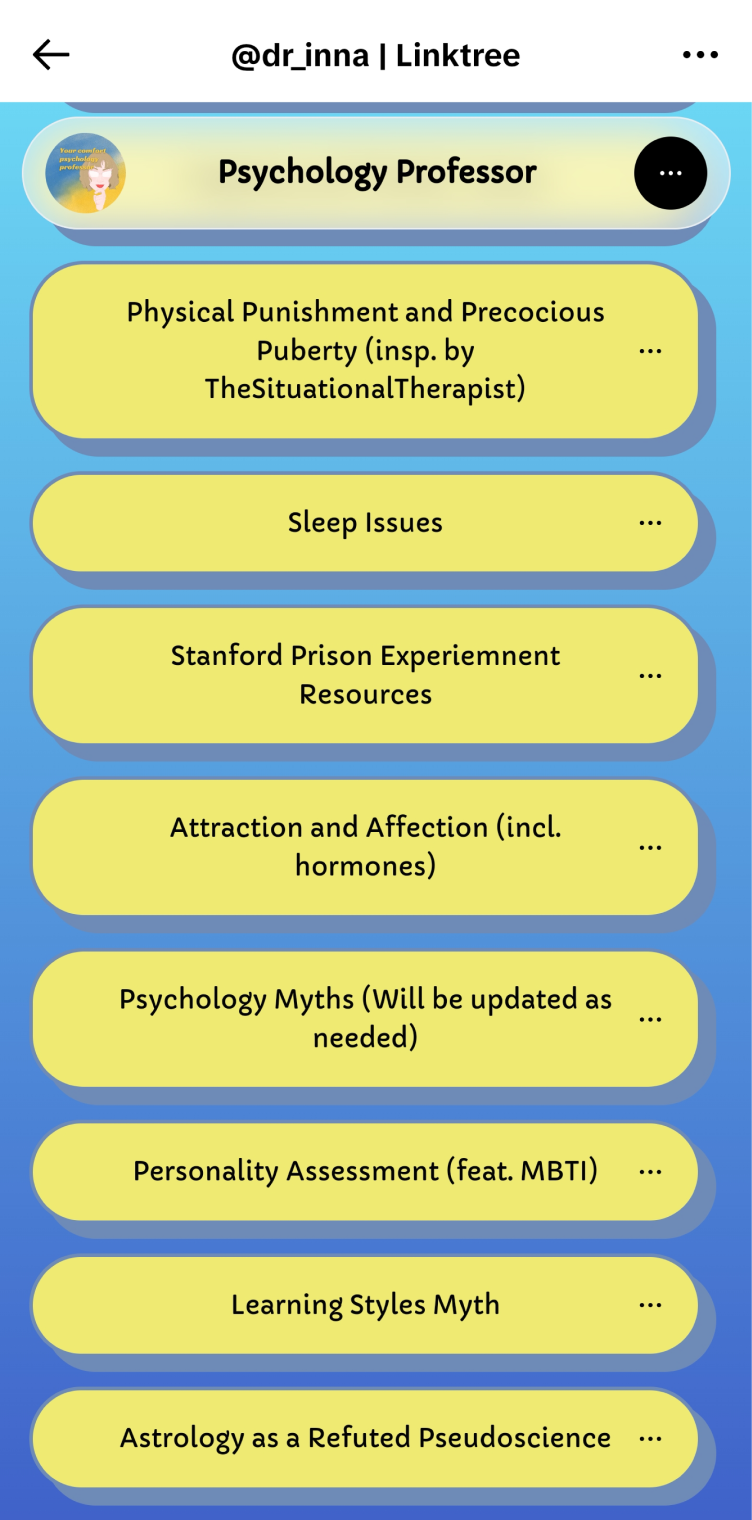
Dr. Inna Kanevsky's Linktree
Some creators use link hosting sites like Linktree to gather all of their resources for their viewers to look through. The issue here is that links can quickly pile up over time making it cumbersome to find what you're looking for.
Video-by-Video Basis
By letting content creators attach applicable links directly to their posts, we eliminate the need to maintain a growing collection. This also provides a more seamless viewer experience by minimizing the needed taps required to get to external content.
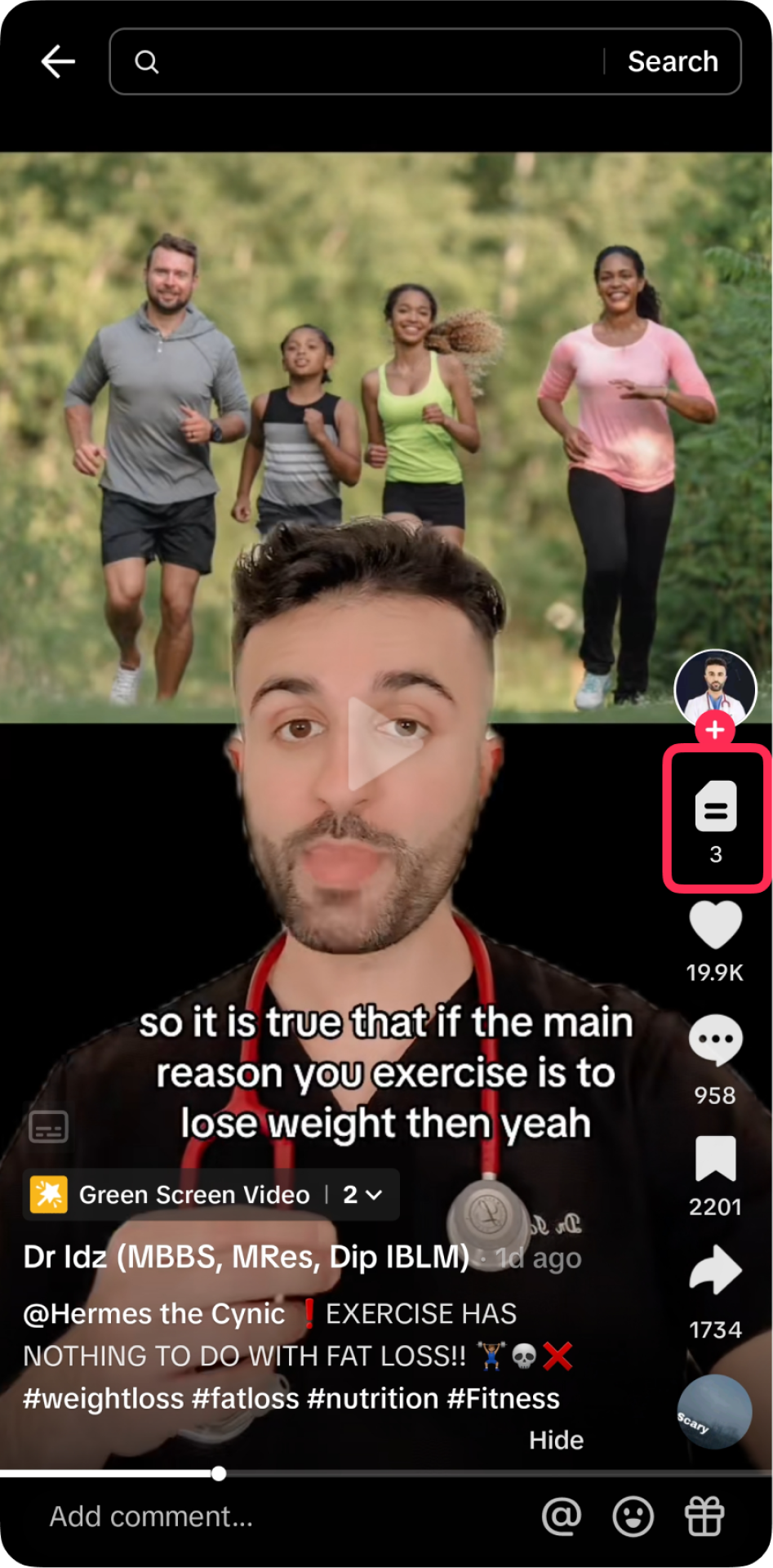
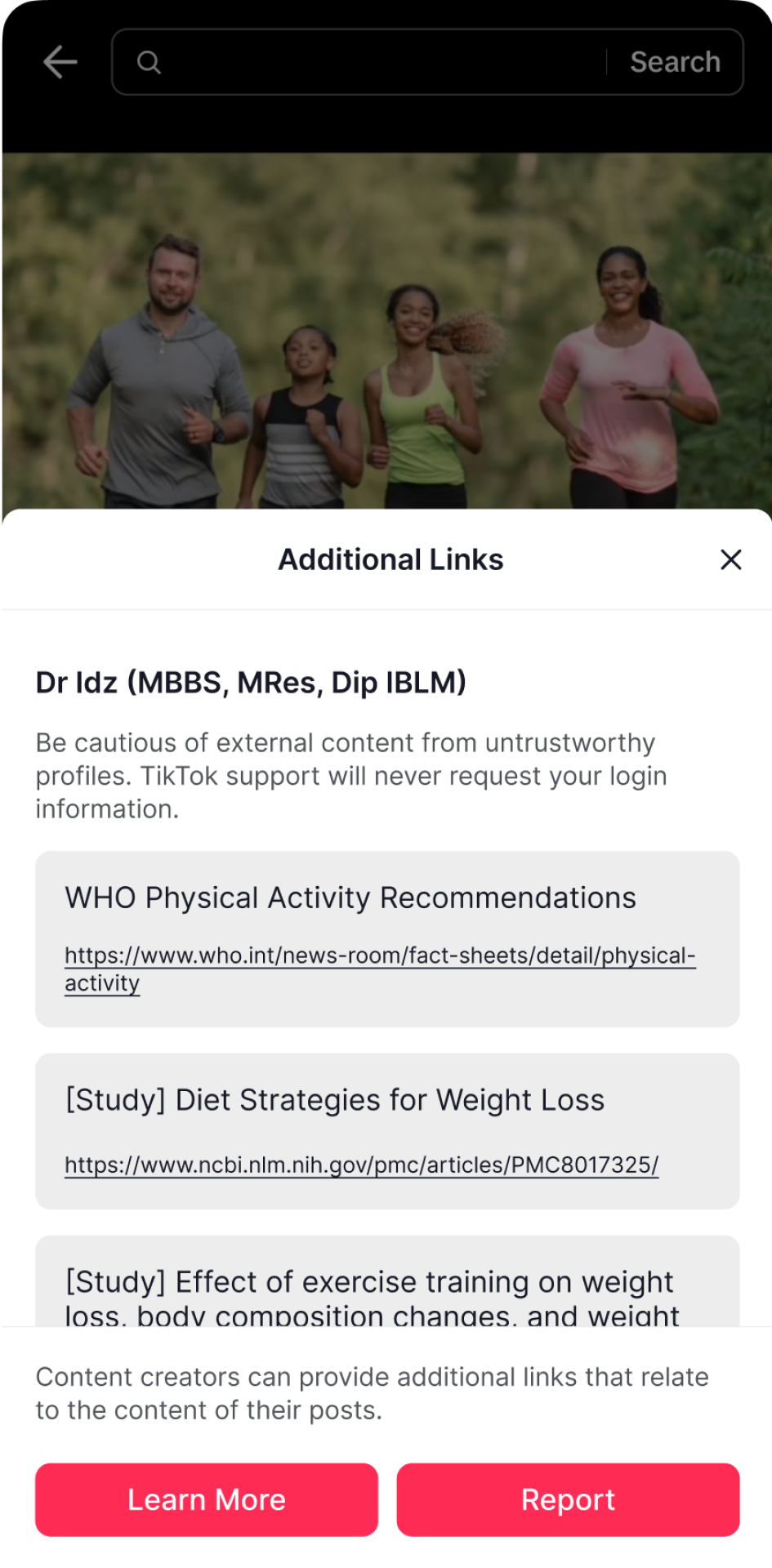
new link space for posts
Conclusion
THE CONTENT MODERATION PROBLEM
Any platform that welcomes user-generated content like TikTok needs to be heavily moderated, but with 34 million videos being uploaded every day, it's simply unfeasible for any human team to handle.
By providing viewers the tools to call out misinformation when they see it and spotlighting these issues so that others can immediately see them, we shift the responsibility (and trust) from TikTok's own moderation team to users.
Likewise, by providing an avenue of proof and citation to creators, viewers could more easily single out phoney, sensationalized content.
MORE WORK
